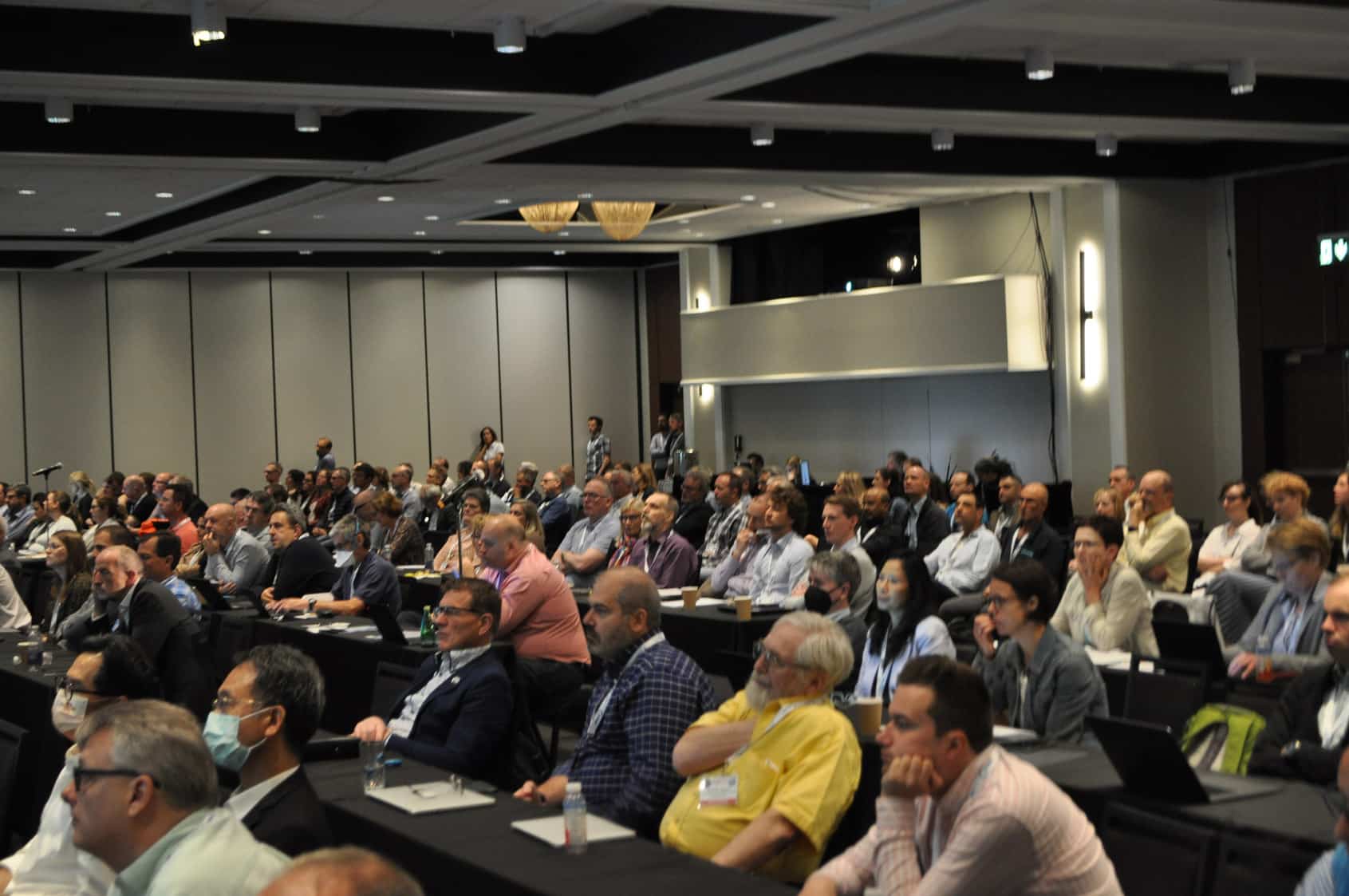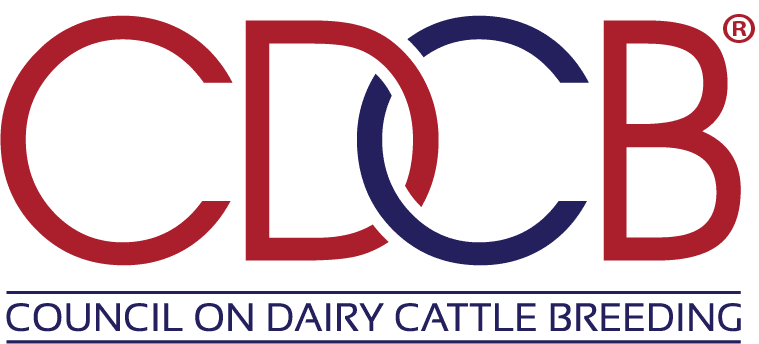Team Takeaways: ICAR-Interbull 2022
Written by CDCB
June 23, 2022

CDCB team members that attended ICAR-INTERBULL 2022 share top insights from this premier gathering of global experts on animal recording and cattle genetics.
What presentation(s) was most thought-provoking?
Javier Burchard, Chief Innovation Officer
The mid infrared (MIR) spectra provides a biological window to look into a series of metabolic processes that could, with adequate data analytics, refine known values or discover new indicators to monitor health and nutritional management. Potentially MIR could help in the discovery of proxies for dry matter intake, methane emissions and other interesting parameters that could facilitate genetic evaluations.
José Carrillo, Chief Data Officer
A presentation by Pierre Lenorman of Seenovia/Seenergi described the use of a single sample from a bulk tank to determine individual cow contribution of somatic cell to the whole tank. If it works well, it will significantly reduce the labor of collecting samples and other tasks. (Title: GenoCells: individual somatic cell count of dairy cows by genotyping tank milk)
João Dürr, Chief Executive Officer
Jan Lassen of Viking Genetics, Denmark presented potential steps toward developing proxies to measure feed intake, in “Validation of individual feed intake records using a 3D camera system in commercial farms.” Additionally, Abdoulaye Baniré Diallo, University of Quebec, increased awareness about the advantages and feasibility to use a new tool to integrate novel data types into our databases, in “DCPO: The dairy cattle performance ontology, a tool for domain modeling and data analytics.”
Kristen Parker Gaddis, CDCB Geneticist
The body condition score (BCS) workshop (“Recording and evaluation of BCS and its relationship with health and welfare“) was very interesting. Presenters provided diverse perspectives with a “deep dive” into BCS – how it is used across the world, what makes it a difficult trait, and how it may relate to animal health and welfare. If we can overcome challenges, a BCS trait may provide a lot of useful information (i.e., an indicator of health problems or nutritional issues, welfare, feed efficiency).
George Wiggans, CDCB Technical Advisor
An example of leadership in minimizing contribution climate change came from a producer running a multi-generational farm with several robot units and digester to generate electricity
Nick Wu, CDCB Product Development Manager
I see an increasing interest in applying single-step BLUP (ssBLUP) for genetic evaluations in dairy cattle, with two devoted sections on this topic. ssBLUP has been very successfully applied to beef and other livestock animals. The major challenge in dairy application (the huge volume of dataset) is being addressed. At the same time, studies on set selection algorithms that may benefit the computing of ssBLUP with large data are still rare.
How does CDCB apply the learnings and discussions?
Javier Burchard: The BCS workshop during ICAR was very important to promote better health, welfare and sustainability. The workshop stressed global harmonization around BCS, new precision technologies to acquire data, and digital tools for dairy herd application. BCS data that is digitally captured would considerably increase the data flow into CDCB’s database.
João Dürr: This meeting is the most important forum for CDCB as the national genetic evaluation center and a leader in evaluation methods and trait selection. For instance, a good number of presentations discussed the progress made and challenges encountered by other countries in efforts to implement single-step genomic evaluation methods, which is also a high priority for CDCB and USDA, in our partnership with the University of Georgia (UGA). Other ICAR sessions were equally appealing for CDCB, because they covered the latest advances in data collection, standardization and applications. Developing new data streams in a practical way and delivering tangible value to the dairy producers is the core of CDCB’s innovation efforts. It was extremely valuable to learn the latest about sensor data, automation and other new technologies available that can potentially benefit our dairy herds.
Kristen Parker Gaddis: Meetings like ICAR-Interbull provide a collaborative forum where new, innovative ideas that may not be fully published elsewhere can be shared and discussed. For example, discussions of what other groups are pursuing in order to collect more feed efficiency phenotypes. We can gain new ideas and learn from others’ experiences, which can shape how we decide to move forward.
George Wiggans: CDCB can benefit from advances in single step procedures and experiences. Discussions of data standards, particularly from sensors are applicable.
What are the takeaways, overall?
- This event is an excellent opportunity to foster collaboration among different institutions and access state-of-the-art knowledge to improve dairy performance.
- There is a common understanding that data sharing is beneficial for the international community, but a clear value proposition for data controllers is still not established in most cases.
- Many groups are working on innovative solutions for collecting difficult phenotypes, i.e., developing proxies such as rumination time or using milk mid infrared (MIR) spectra, cameras and/or machine learning to estimate feed intake, measure body condition score, and evaluate mobility. Much work, including validation of the novel technologies, is still needed. Some of this will require or benefit from international collaborations. There are many efforts to generate data for feed efficiency; some new technologies were reported and some proxies under development look promising.
- Many countries are implementing single-step evaluations, but some parameters and technicalities are not uniform, so there is still some uncertainty address the issues they raise and introducing change that adoption generates.
- A focus was meeting consumer demands around sustainability, climate change and animal well-being. Sustainability traits are being worked on across the globe, including feed efficiency, methane emissions, heat stress, and calf vitality.
- More emphasis is being placed on bridging science and dairy farming practices, with more applied scientific research reports and more industry representation at this conference than others.
- A major focus is to prepare for the future. In terms of data, that means determining what is useful, methods and standards to share it, and how to make data useful to the producer.
